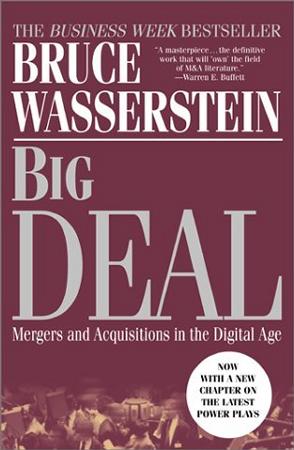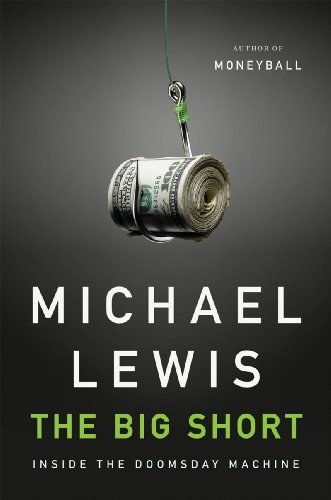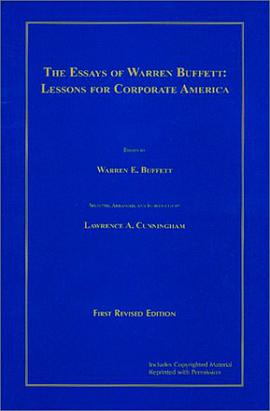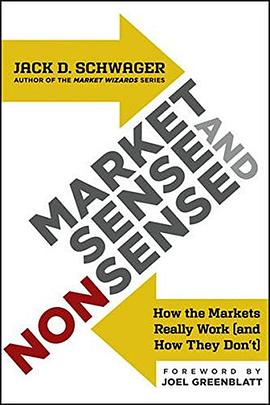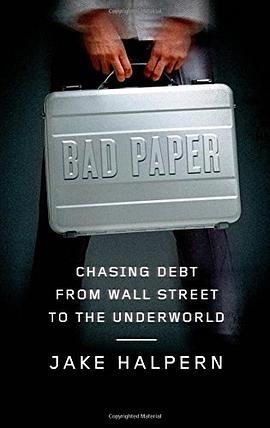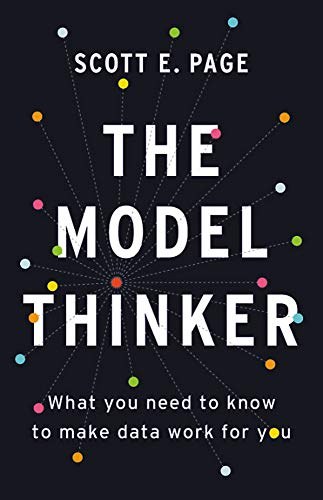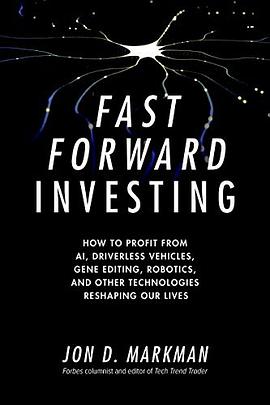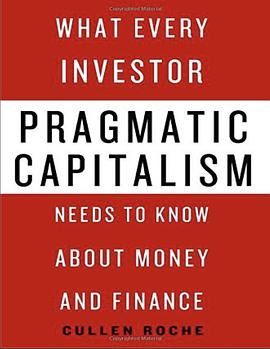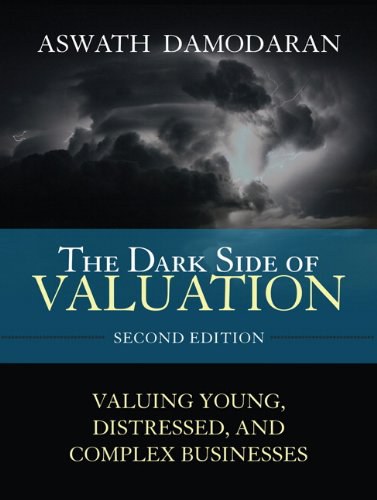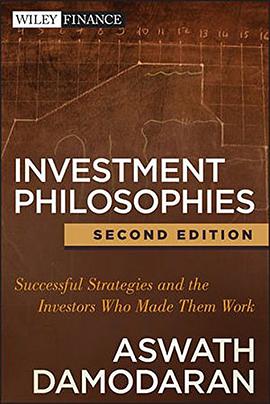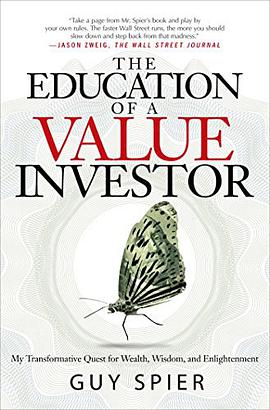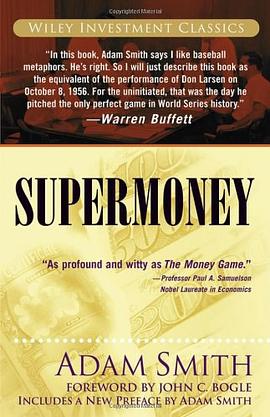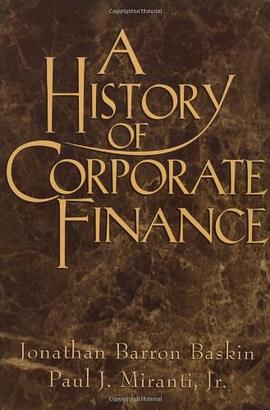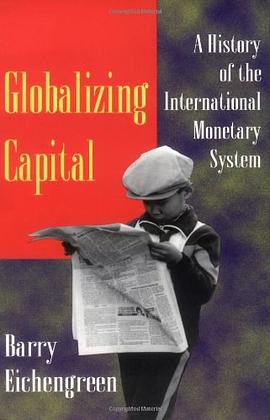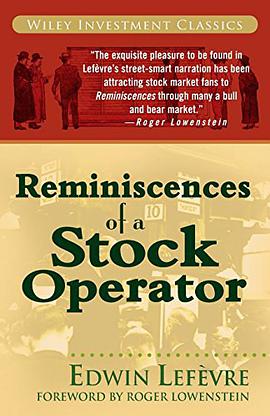Bestselling author, Jack Schwager, challenges the assumptions at the core of investment theory and practice and exposes common investor mistakes, missteps, myths, and misreads When it comes to investment models and theories of how markets work, convenience usually trumps reality. The simple fact is that many revered investment theories and market models are flatly wrong--that is, if we insist that they work in the real world. Unfounded assumptions, erroneous theories, unrealistic models, cognitive biases, emotional foibles, and unsubstantiated beliefs all combine to lead investors astray--professionals as well as novices. In this engaging new book, Jack Schwager, bestselling author of Market Wizards and The New Market Wizards , takes aim at the most perniciously pervasive academic precepts, money management canards, market myths and investor errors. Like so many ducks in a shooting gallery, Schwager picks them off, one at a time, revealing the truth about many of the fallacious assumptions, theories, and beliefs at the core of investment theory and practice. A compilation of the most insidious, fundamental investment errors the author has observed over his long and distinguished career in the markets Brings to light the fallacies underlying many widely held academic precepts, professional money management methodologies, and investment behaviors A sobering dose of real-world insight for investment professionals and a highly readable source of information and guidance for general readers interested in investment, trading, and finance Spans both traditional and alternative investment classes, covering both basic and advanced topics As in his best-selling Market Wizard series, Schwager manages the trick of covering material that is pertinent to professionals, yet writing in a style that is clear and accessible to the layman
